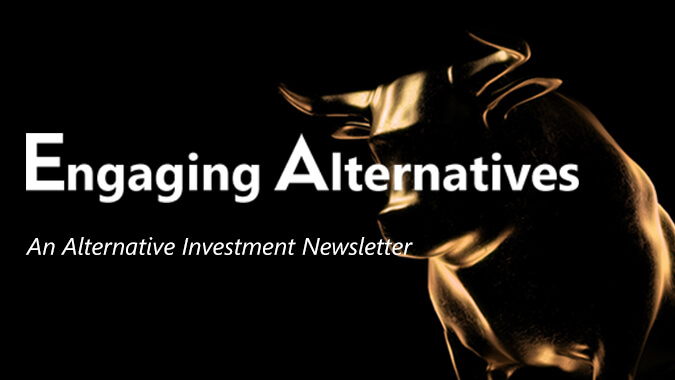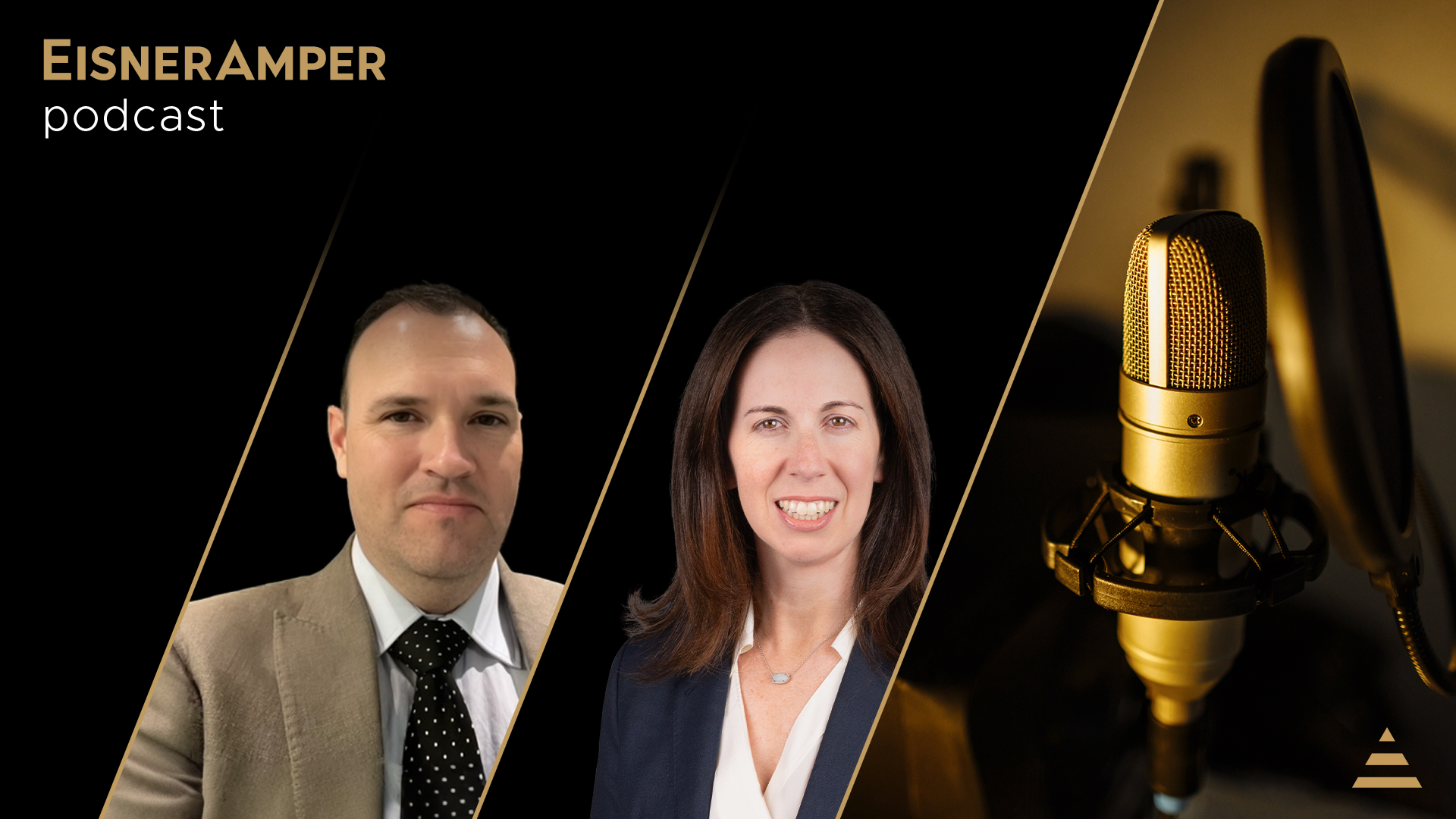
Trends Watch: Investing in Small- and Smid-Cap Equities
- Published
- May 2, 2024
- Share
EisnerAmper’s Trends Watch is a weekly entry to our Alternative Investments Intelligence blog, featuring the views and insights of executives from alternative investment firms. If you’re interested in being featured, please contact Elana Margulies-Snyderman.
This week, Elana talks with Phillip Cook, CIO & Managing Partner, SouthernSun Asset Management.
What is your outlook for investing in small- and smid-cap equities?
I believe it’s been well publicized how weak the performance has been for small and smid caps relative to large caps the past several years. Not surprisingly, the valuations reflect that discrepancy, and the soil is fertile for great value in small-cap land. That said, we believe that many equities, regardless of cap range, are running at near peak margins (or have negative operating margins) and have significant debt loads that will need to be refinanced in the next couple years at much higher rates. We believe margin pressure (reduced earnings) and relatively high levels of debt are not a great recipe for successful investing in the equity markets and believe that a highly targeted approach to investing will be required to generate strong returns in the coming years.
Where do you see the greatest opportunities and why?
- We see the greatest opportunity in two places – i) time horizon and ii) taking advantage of a market that has rewarded some and punished others. Time horizon – since our firm was founded in 1989, we cannot remember a market (and the humans driving the market) more focused on the short-term than the one we are in now. Geopolitical instability, election headlines, fed decisions, social media, etc. grab all the attention and are collectively pulling our minds and emotions to believe that NOW is all that matters. We believe this is a tremendous opportunity for long-term business owners partnering with rightly-fitted management teams.
- For much of the past 15 years, most companies have benefited from a rising tide and low rates. This low level of volatility in the market has, for many years, made it very difficult to buy a great business at an attractive price. Since COVID-19, that dynamic has shifted dramatically, and we continue to see fertile soil for making new investments, as we sell strong performers and reallocate client capital to underappreciated businesses.
What are the greatest challenges you face and why?
In the near term, the challenges are closely linked to the time horizon opportunity. Just as a great owner/general manager/coach of a sports team focuses on building a championship roster and a culture of winning rather putting everything into one inning, game or even season, we must be willing to endure short-term struggles to deliver long-term success for our clients. That attitude is increasingly difficult, as we are human and subject to the same forces drawing us into the same short-term thinking and emotional investing that we are trying to take advantage of. In that regard, we are our own greatest challenge/obstacle and always will be.
In addition, we are in the middle of a period of incredible technological innovation unseen since the industrial revolution. While thousands of years of history suggest that these moments of truly great innovation come in bursts, the aftershocks are felt for decades, even centuries. We believe we are in the midst of this burst and are therefore subject to unending speculation, exuberance, and confusion as to what is durable and what is like a drop of rain falling on a hot BBQ grill. This challenge (and opportunity) brought to us by technological innovation – not the least of which is the field of artificial intelligence – will likely be the greatest of my career and will no doubt bring about many winners and losers. Fear is a key driver for management teams running businesses right now – as it is for allocators – not wanting to miss this opportunity and hoping they don’t adopt the wrong technology or the wrong technology partners. These decision makers are also fearful of falling behind and the workforce at large is fearful that their jobs may be at risk. Such a powder keg of emotion will undoubtedly lead to more than a few poor, emotional decisions, and the potential for meaningful issues within a company’s corporate culture (and therefore morale, productivity, competitiveness, etc.). I don’t have all the answers here but certainly view the challenge as substantial.
What keeps you up at night?
Missing something in our research – misevaluating a board or management team – mistakenly making assumptions rather than doing the hard work to test and verify our analysis. We must protect client capital at all costs, and that objective requires tremendous rigor in our investment process and risk management. We must maintain our humility as an investment team – always willing to be challenged, corrected – always learning. That’s what keeps me up at night (in addition to my children and my bad back).
The views and opinions expressed above are of the interviewee only, and do not/are not intended to reflect the views of EisnerAmper.
What's on Your Mind?
Start a conversation with Elana
Receive the latest business insights, analysis, and perspectives from EisnerAmper professionals.












